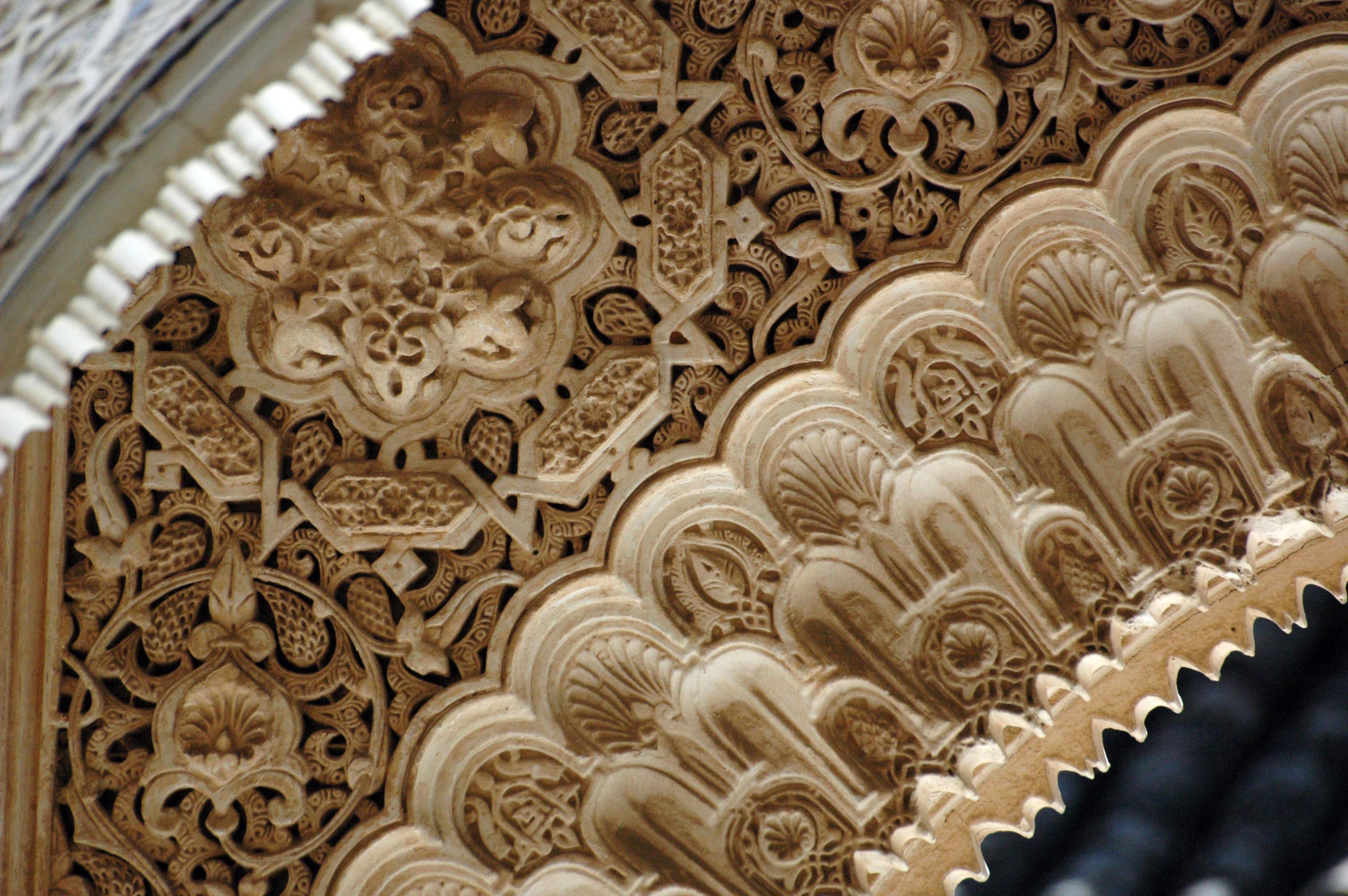History of Art
- Introduction to Art History
- Byzantine Art
- Islamic Art
- Renaissance Art
- Baroque and Rococo Art
- Impressionism and Post-Impressionism
- Modernism
- Postwar & Contemporary Art
- Art of Africa & Oceania
- Art of the Americas
Islamic Art
The Art of Calligraphy and Geometrical Forms in Islamic Art

Artistic production that developed from the hegira (year 622) to the nineteenth century, from Spain to India among populations of Islamic culture.
Islamic art is a visual reflection of a culture and a faith. It is a rich and diverse field that encompasses various mediums and styles, each with its unique characteristics and significance. Among the most prominent and distinctive elements of Islamic art are calligraphy and geometrical forms.
The Importance of Calligraphy in Islamic Art
Calligraphy, the art of beautiful writing, holds a special place in Islamic art. It is considered the highest form of visual art due to its association with the Quran, the holy book of Islam. The Quran was revealed in Arabic, and thus, Arabic calligraphy became a significant means of artistic expression. It is used to adorn mosques, palaces, and everyday objects, transforming them into works of art.
Different Styles of Islamic Calligraphy: Kufic and Naskh
There are several styles of Islamic calligraphy, each with its unique aesthetic and historical significance. The Kufic script, characterized by its angular and geometric forms, is one of the oldest and most revered. It was widely used in early Quranic manuscripts and architectural inscriptions.
On the other hand, the Naskh script, known for its elegance and readability, became the standard for writing the Quran and other religious texts. Its fluid and curvilinear style made it suitable for intricate designs and decorations.
Geometrical Forms in Islamic Art: The Art of Tessellation
Geometrical forms are another defining feature of Islamic art. Islamic artists have mastered the art of tessellation, creating intricate patterns using simple geometric shapes like circles, squares, and triangles. These patterns, often combined with floral and vegetal motifs known as arabesques, create a sense of infinite repetition, symbolizing the infinite nature of God.
The Use of Arabesque Designs in Islamic Art
Arabesque is a form of artistic decoration consisting of intertwined flowing lines, often combined with other elements like geometric patterns and calligraphy. It is widely used in Islamic art to decorate a variety of surfaces, from architectural structures to ceramics and textiles. The arabesque's continuous and rhythmic patterns reflect the Islamic belief in the unity and continuity of existence.
In conclusion, calligraphy and geometrical forms play a crucial role in Islamic art, reflecting the culture's values and beliefs. They transform simple objects and structures into visually stunning works of art, making Islamic art a fascinating field of study.